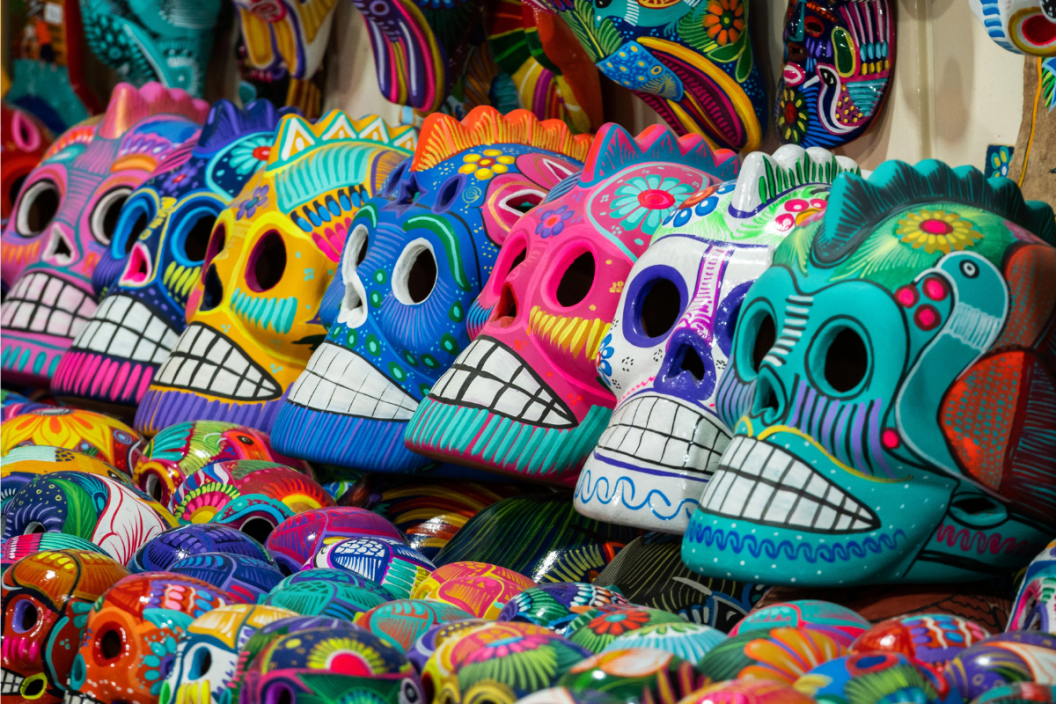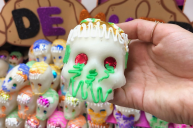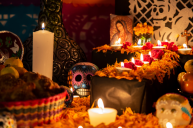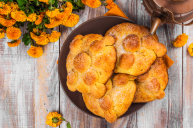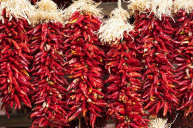Many Americans grew up making sugar skulls in school for Day of the Dead, and many have seen the Disney movie Coco with the adorable little boy who gets stuck in the spirit world. However, that's the extent of most of our knowledge of this intriguing Mexican holiday. The Day of the Dead, or Día de los Muertos, is an annual celebration of life and death, a time to honor those who have passed and acknowledge our own mortality.
What is the Day of the Dead?
This Mexican holiday is celebrated every autumn in Mexico and across Latin America, along with some parts of the United States. The Day of the Dead is central to Mexican culture and goes back to the rituals and beliefs of Mesoamerica. Although it falls at the same time, this holiday is not the same as Halloween.
During the Day of the Dead, families welcome back the souls of their deceased loved ones, celebrating their return with food and drink. As the tradition goes, the gates of heaven open at midnight on October 31, and spirits can reunite with their families. November 1st is the day of the children, or "el Dia de los Inocentes," along with being All Saints Day. November 2nd is All Souls Day, or the Day of the Dead.
The Origins of Day of the Dead
The Day of the Dead, or Día de Muertos, has its roots in the Aztecs, who used skulls to honor their dead thousands of years before the Day of the Dead celebrations began. The Aztecs and other Nahua indigenous people believed that death was an integral part of life, present in every moment.
They believed that when a person dies, their soul travels to Chicunamictlán, the Land of the Dead. After making it through a long journey with many challenges, the soul can finally reach the final resting place, Mictlán. In rituals honoring the dead, family members provided food and drink to help the souls of the deceased make it to their destination. This is what led to the modern tradition of leaving food and other offerings on the graves or altars of loved ones.
When the Spanish conquered the Aztecs in the 16th century, the Catholic Church decided to move these celebrations to the Catholic dates of All Saints Day and All Souls Day. The holiday that emerged was a fusion of the indigenous people's rituals and the unofficial Catholic church's ideas about the afterlife.
On the Day of the Dead, it's believed that the boundary between the spirit world and living world dissolves, and the souls of the dead come to the living world to be with their loved ones, feasting, drinking, dancing and playing music. The living family members consider the dead to be guests of honor, leaving out their favorite foods and other presents at gravesites or on the Day of the Dead altars, called ofrendas.
Some foods traditionally used on the altars are pan de Muerto, sugar skulls, tamales, and spirits like tequila and mezcal. Along with these special foods, families decorate with candles, marigolds called cempasuchil, pictures of the deceased, incense, colorful tissue paper called papel picado, and sometimes an image of the Virgin of Guadalupe. Altars are always decorated with the four elements of life; water, earth, fire and wind.
Sugar Skulls and Skeletons
Some other symbols of the holiday are colorful skulls, or calaveras, and skeletons, or calacas. In the early 20th century, the cartoonist José Guadalupe Posada made an etching called La Calavera Catrina, meaning elegant skull in Spanish. Although this was meant as a political commentary on the Mexicans adopting European fashions in place of their own traditions, the etching became an icon of the Day of the Dead, symbolizing the transitory nature of life.
During modern-day festivities for Day of the Dead, people wear skull masks and enjoy sugar skulls, and many women dress up as the famous Catrina. In Mexico City, there are enormous altars erected throughout the city, along with many events and performances, like the Day of the Dead parade.
